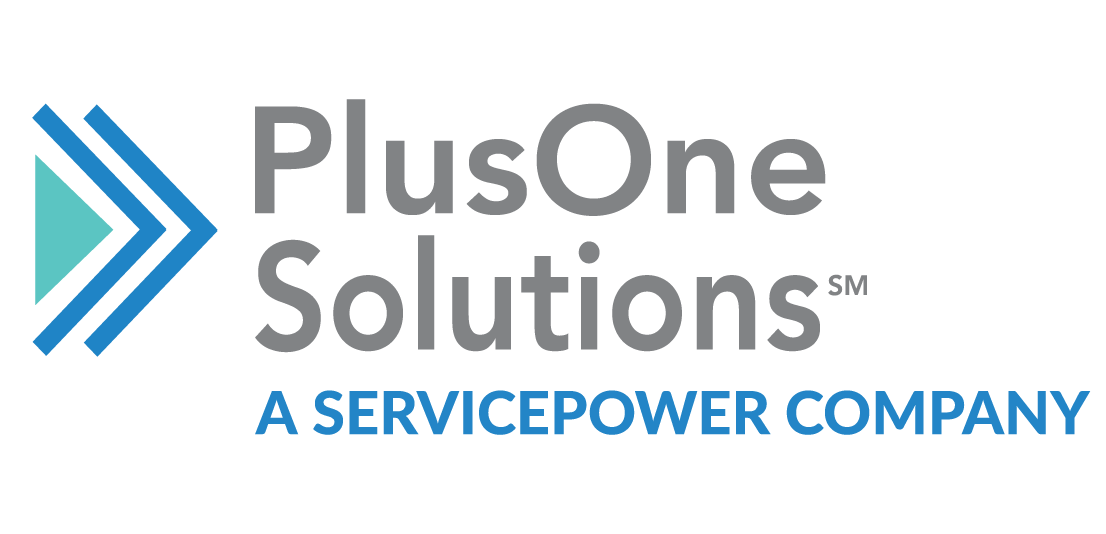A Social Security Number (SSN) is much more than a string of digits — it’s a cornerstone of identity verification and fraud prevention in the United States. Whether you’re an employer conducting a background check, a financial institution verifying a new client, or an individual concerned about identity theft, knowing how to check the validity of a Social Security Number can provide peace of mind.
Why Is SSN Verification Important?
SSN verification helps ensure that a person’s Social Security Number is legitimate, active, and accurately linked to their identity. From onboarding new hires to approving loans or accessing government services, SSNs are frequently used to authenticate identities — verifying SSNs reduces the risk of fraud, avoids legal liability, and maintains compliance with federal and state regulations.
For example, employers are legally required to verify SSNs during the hiring process to confirm employment eligibility. Failure to do so may result in penalties under Internal Revenue Service (IRS) and Department of Homeland Security regulations.
Understanding the SSN Format
Understanding how a Social Security Number is structured is a foundational step in effective verification. Learning how these digits are assigned — and what patterns may signal a red flag — can help detect errors or potential fraud.
Issued by the Social Security Administration (SSA), a valid SSN follows the pattern XXX-XX-XXXX. The number consists of three segments:
- Area Number: First three digits
- Group Number: Middle two digits
- Serial Number: Final four digits
Although the SSA changed the assignment methodology in 2011 (via randomization), understanding the structure is still helpful; for instance, SSNs beginning with “000” or “666” are invalid.
Step-by-Step Guide to SSN Verification
Understanding each stage of the SSN verification process can empower you to detect inconsistencies early and take appropriate action.
Here’s a simplified guide on how to perform Social Security Number verification with accuracy and confidence:
- Gather Full Name and Date of Birth: Match the SSN with the individual’s legal name and birthdate.
- Use the SSA’s SSN Verification Service (SSNVS): Employers registered with the SSA can use SSNVS to verify employees’ SSNs online.
- Third-Party Services: Background Check Services from companies like PlusOne Screening Solutions provide professional identity verification, including SSN trace and validation tools.
- Check Against Known Invalid Patterns: Avoid SSNs with prohibited combinations such as “000” in any grouping or all repeating digits (e.g., 111-11-1111).
- Review Verification Results: Ensure the data matches SSA records and that the SSN is active and not deceased or associated with fraud alerts.
Common Mistakes and How to Avoid Them
Errors in SSN verification can cause delays, compliance issues, or even lead to security breaches, opening the door to costly operational setbacks.
Common mistakes include:
- Transposing digits or entering incorrect numbers
- Verifying against outdated records
- Relying solely on visual inspection of a Social Security card
Follow these best practices to stay protected:
- Always double-check entries
- Use automated tools for verification
- Educate staff on verification procedures
Legal Implications of Incorrect Verification
Failing to follow proper procedures when conducting verification can lead to significant legal and financial consequences. Verifying a Social Security Number inaccurately or failing to verify at all can cause:
- IRS penalties for incorrect tax reporting
- Violations of the Fair Credit Reporting Act (FCRA) for employers
- Liability for data breaches or fraudulent activity
Employers must always ensure they are compliant with the SSA and IRS guidelines when verifying SSNs. Maintaining strict verification protocols and partnering with trusted screening providers helps organizations safeguard themselves against regulatory violations and reputational damage.
Protecting Your SSN: Prevention and Action
To prevent misuse of your Social Security Number, follow these tips:
- Sign up for fraud alert services that notify you of unauthorized SSN use
- Invest in identity theft insurance for financial protection
- Report suspicious activity to the Social Security Administration or law enforcement
- Freeze your SSN through credit bureaus if suspicious activity is detected
If you suspect your SSN has been compromised, act fast. After contacting the SSA, file an identity theft report with the Federal Trade Commission.
SSN Verification for Employers
For employers, SSN verification is an integral piece of the hiring and payroll process. Some of the steps below can help simplify the process:
- Registering for SSA’s SSNVS tool
- Conducting a Social Security Number trace to identify alias names and address histories
- Partnering with trusted providers like PlusOne for automated social security number verification
Following these steps protects both businesses and employees from fraud and legal exposure. It also streamlines onboarding, upholds regulatory standards, and builds a secure foundation for workforce management.
Protecting Identities, One SSN at a Time
Accurate SSN verification is crucial for maintaining trust, preventing fraud, and ensuring compliance. By understanding how to check the validity of a Social Security Number, recognizing common mistakes, and taking protective measures, individuals and organizations can reduce risk.
From conducting a SSN verification for employment to personal safety, partnering with a professional service like PlusOne Screening Solutions provides accuracy and compliance at every step of the way.



